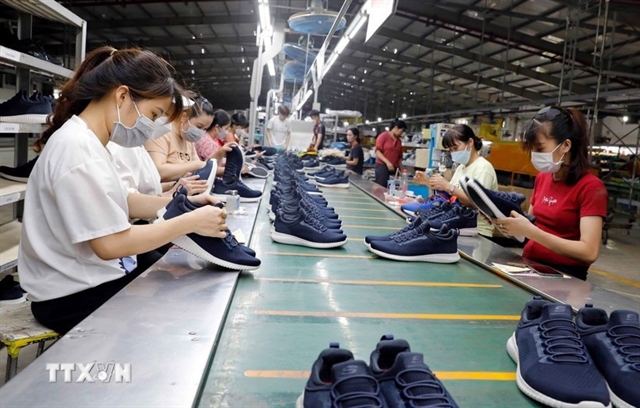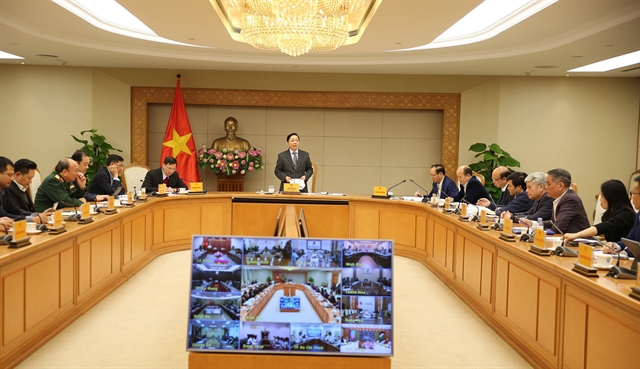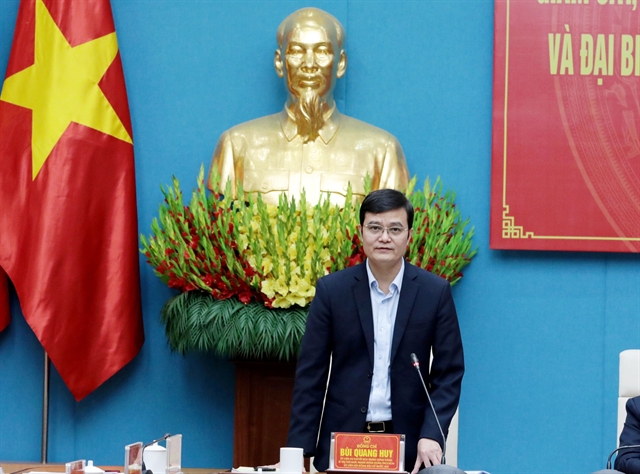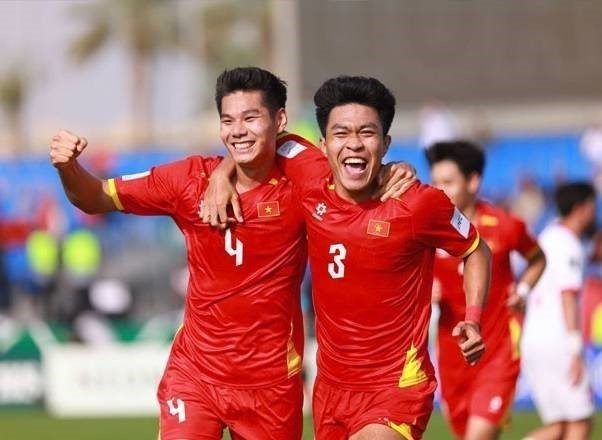 Society
Society
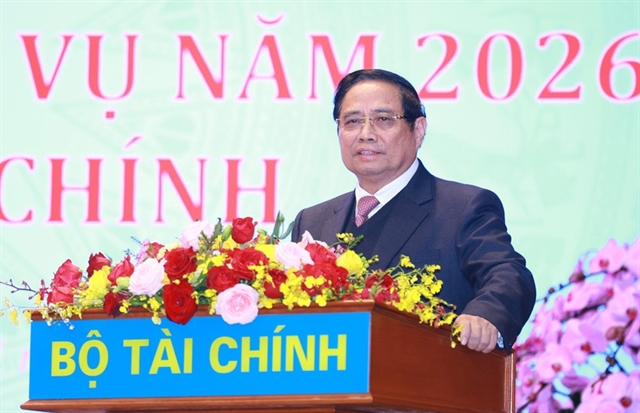
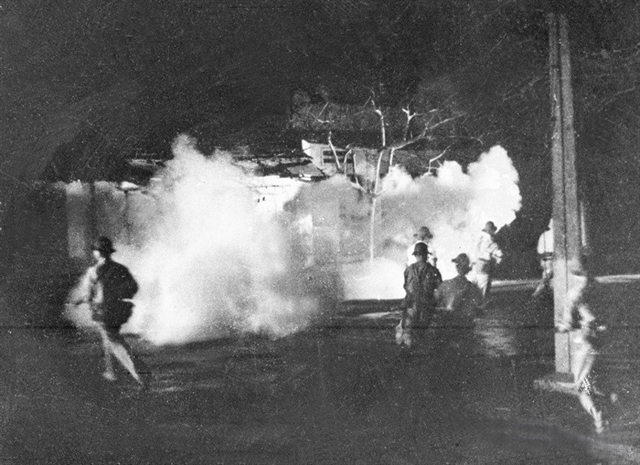 |
| On the night of January 30, 1968, and in the early hours of January 31 (the night of the first day of Tết and dawn of the second), 12 commandos from Special Forces Team 3 launched an attack to seize the Sài Gòn Radio Station. The enemy responded with tanks, infantry and relentless air strikes. The commando unit fought bravely. By 6am on January 31, 10 of the commandos had been killed in action. The last two fighters were forced to destroy the enemy’s broadcasting equipment using explosives. — VNA/VNS File Photo |
Thu Hoài – Hứa Chung *
HCM CITY — Through intelligence, bravery and unique and creative tactics, the Biệt động Sài Gòn (Sài Gòn Special Forces) carried out extraordinary operations and achieved remarkable success in combat during Việt Nam’s resistance war against US imperialism in what is now HCM City.
With their operations, the Sài Gòn Special Forces achieved brilliant victories that stunned both the country and the world. Their legendary achievements, especially during the 1968 Tết General Offensive and Uprising, played a significant role in the historic victory on April 30, 1975, which led to the liberation of the South and national reunification.
The Sài Gòn Special Forces were one of the most important special units in the war.
They operated deep inside enemy territory, mainly in urban areas where US forces and the Sài Gòn regime had a strong presence.
Secrecy and separation were strict rules the members of Sài Gòn Special Forces lived by. They never asked about each other’s backgrounds or origins, only called each other by code names, and strictly followed cover professions.
They could be a lawyer, a contractor or even a Vietnamese government official working behind enemy ranks.
According to Associate Professor Dr. Phan Xuân Biên, former head of the HCM City Party Committee’s dissemination and education board, the Sài Gòn Special Forces grew out of political foundations and the intense nationwide struggle since the pre-uprising and early resistance periods in the South, and developed strongly during the war.
This was a local armed force that fought inside enemy-occupied urban areas.
In 1965, the Sài Gòn – Gia Định Military Zone was tasked with building a special task force capable of launching sudden, coordinated attacks on enemy command centres when the time was right.
To carry out this mission, the Sài Gòn – Gia Định Special Forces (F100 Unit) was established. It became an elite assault force, handling both strategic and tactical operations targeting enemy headquarters.
During the war, the Sài Gòn – Gia Định Special Forces operated secretly right inside the enemy’s stronghold.
Its members followed what were called the “three transformations” –becoming open, legal, and local – and the “three togethers,” referring to living, eating and fighting alongside local people.
This deep bond with local communities helped them survive and carry out effective urban guerrilla tactics.
In his book Biệt động Sài Gòn (Sài Gòn Special Forces), Hero of the People’s Armed Forces Colonel Nguyễn Đức Hùng (alias Tư Chu), commander of F100 Unit, wrote that the unit was the central special force of the Sài Gòn – Gia Định Military Zone.
It was organised on an appropriate scale and built upon the advantages of earlier units in terms of structure, operational experience and combat tactics.
At inception, F100 Unit comprised 11 combat teams and two logistics teams.
According to Hùng, the most important factor in creating the strength of the special forces was their network inside the city, consisting of fighters and local special forces bases.
These members held enemy-issued travel permits, had legitimate cover occupations and lived permanently in the area, enabling them to perform essential tasks such as maintaining communication, gathering intelligence, providing shelter, storing weapons for long periods, and at times directly supporting or joining combat missions.
“This was a broad network, carefully selected from among people of all ages and social classes from across the country such as children and the elderly who often served as couriers, letter carriers or simple scouts, and nationalist businesspeople who provided financial support and encouraged their children inside enemy ranks to gather intelligence,” Hùng wrote.
Remarkable victories
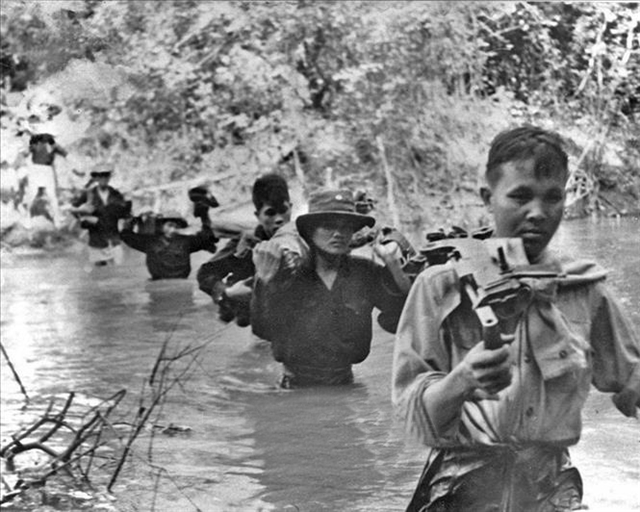 |
| To prepare for the 1968 Tết Mậu Thân General Offensive and Uprising, hundreds of thousands of cadres and soldiers were mobilised to secretly stockpile a large quantity of weapons and equipment in the suburbs and urban areas across the South. — VNA/VNS File Photo |
The Sài Gòn Special Forces joined many important battles, especially during the 1968 Tết Mậu Thân General Offensive and Uprising.
They launched surprise attacks on major US and Sài Gòn regime targets, including the Independence Palace, US embassy, Sài Gòn Radio Station, General Staff Headquarters, and Sài Gòn Navy Command.
The battles had a great impact, helping the entire country defeat the US "local war" strategy and forcing it to de-escalate the war.
Hero of the People’s Armed Forces Colonel Nguyễn Văn Tàu (alias Tư Cang), former head of the H.63 intelligence group, recalled that the attack on the US embassy by 17 Sài Gòn Special Forces commandos, who confronted US military police and paratroopers, caused a huge sensation and shocked the US.
US newspapers described it as one of the most distressing moments in the country’s history, revealing deep divisions over the war, he said.
The achievements of the Sài Gòn Special Forces during the 1968 Tết Mậu Thân General Offensive and Uprising had a great spiritual and psychological impact: they inspired both the army and the people to fight harder.
The 1968 Tết Mậu Thân General Offensive and Uprising was the epogee of the Sài Gòn - Gia Định Special Forces’ military skill and leadership in urban combat and the courage of revolutionary fighters.
Speaking about the uprising, Phạm Chánh Trực, former standing deputy secretary of the HCM City Party Committee, said the 1968 Tết Mậu Thân General Offensive and Uprising was a “thunderous uprising” that terrified and confused enemy forces.
The sudden attacks in the Sài Gòn – Gia Định area especially caused extreme panic among US and Sài Gòn regime troops, he said.
One of the most striking actions was the Sài Gòn Special Forces’ attack on the US embassy, which lasted six hours and “shook the nerve centre of US imperialism,” he said.
The 1968 Tết Mậu Thân General Offensive and Uprising changed the war situation and brought the southern revolution to a new stage, he said.
It sapped the US imperialists’ will and forced them to de-escalate, he said.
The achievements of the Sài Gòn Special Forces struck a huge and direct blow and played a key role in defeating the US imperialists’ invasion plans, forcing them to the negotiating table to end the war, he said.
Speaking about the achievements of the Sài Gòn Special Forces, the late General Võ Nguyên Giáp had said they demonstrated extraordinary bravery, creatively applied the military art of people’s war and achieved immortal feats of arms.
“Operating inside enemy strongholds and facing countless dangers and hardships, the special forces officers and soldiers relied on the protection and help of the people for their resounding achievements, especially during the 1968 Tết Mậu Thân General Offensive and Uprising.
“As an elite force of our army, the commando units in general and the Sài Gòn – Gia Định Special Forces in particular, embodied the essence of Vietnamese military thinking in the Hồ Chí Minh era: ‘Fighting with unwavering determination, using the few to defeat the many, the small to overcome the large.’
"Their actions made a worthy contribution to the victory in the resistance war against foreign imperialist invasions.” — VNS
* This is part of a three-part series on the Sài Gòn Special Forces by Vietnam News Agency reporters.


